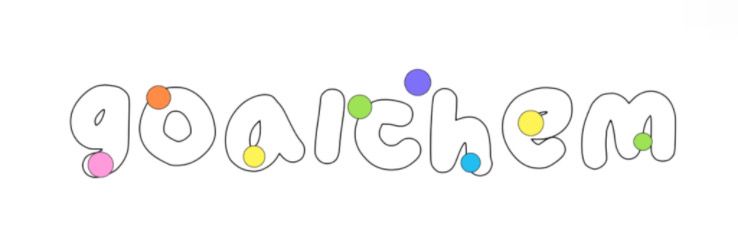PBAT Bioplastic vs Traditional Plastics: A Sustainable Solution?
PBAT Bioplastic vs Traditional Plastics: A Sustainable Solution?
As the world grapples with the escalating plastic pollution crisis, bioplastics have emerged as a compelling alternative to traditional plastics. Among the various types of bioplastics, PBAT (Polybutylene Adipate Terephthalate) has garnered significant attention. This article explores expert opinions on PBAT bioplastic compared to traditional plastics in the quest for sustainability.
What is PBAT Bioplastic?
PBAT is a biodegradable polyester that possesses flexibility and processability akin to traditional plastics. It can be used in packaging films, agricultural films, and various other applications. Since it degrades under industrial composting conditions, many see it as an attractive alternative to conventional plastics.
Industry Perspectives on PBAT vs Traditional Plastics
Environmental Considerations
Dr. Emily Foster, an environmental scientist, emphasizes the positive impact of PBAT on reducing plastic waste. "PBAT bioplastics can significantly cut down on landfill contributions and help mitigate the detrimental effects of microplastics in our ecosystems," she asserts.
Biodegradability and Compostability
In contrast, Dr. Leonard Zhang, a researcher in polymer science, notes that while PBAT is biodegradable, it requires specific conditions to decompose effectively. "Without proper facilities, even biodegradable plastics can end up in landfills, where they may take much longer to break down," he cautions.
Resource Use and Production
Business analyst Maria Romero adds an economic lens to the discussion. "Producing PBAT generally requires renewable resources, which could lead to lower carbon footprints in the long run. However, it's vital to ensure that the agricultural practices for sourcing these materials do not lead to deforestation or resource depletion," she states.
Consumer Acceptance and Behavior
Marketing expert Jason Lee shares insights on consumer attitudes towards bioplastics. "While there's increasing awareness of sustainability, many consumers still equate bioplastics with higher costs. For PBAT to gain traction, we must not only educate but also make it economically viable," he argues.
Regulatory and Industry Challenges
Regulatory expert Helen Carter highlights the need for standardized definitions and certifications for bioplastics. "Without clear regulations, the term 'bioplastic' can be misleading. Consumers need to know what they're buying; legislation must keep pace with innovation," she explains.
Conclusion: A Sustainable Alternative?
The opinions expressed by experts illuminate the complexities surrounding PBAT bioplastics versus traditional plastics. While PBAT holds great promise as a sustainable solution, ongoing challenges regarding biodegradability, resource use, consumer acceptance, and regulatory frameworks remain. The future of plastic could hinge not only on innovative materials like PBAT but also on a unified approach towards responsible consumption and production.
As the discourse on sustainability continues, it is clear that PBAT bioplastics are a step in the right direction, yet require collective efforts from industries and individuals to fully realize their potential in alleviating plastic pollution.
For more information, please visit pbat bioplastic, Compostable Hospital Waste Bags Wholesale, Compostable Greenhouse Bags Wholesale.

